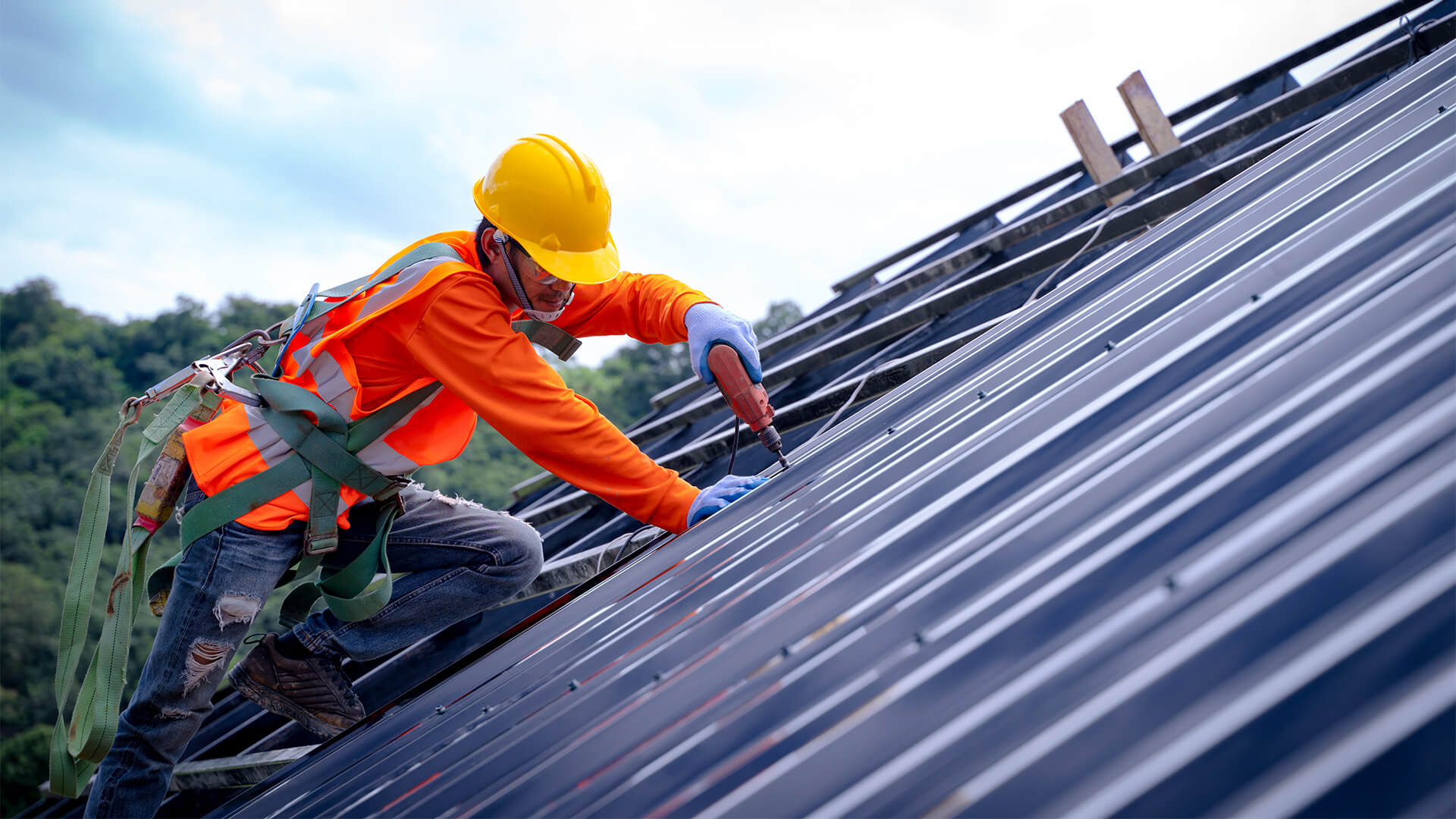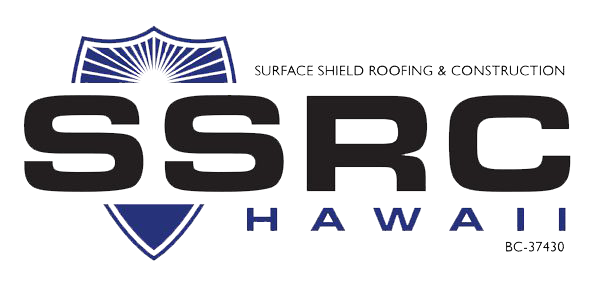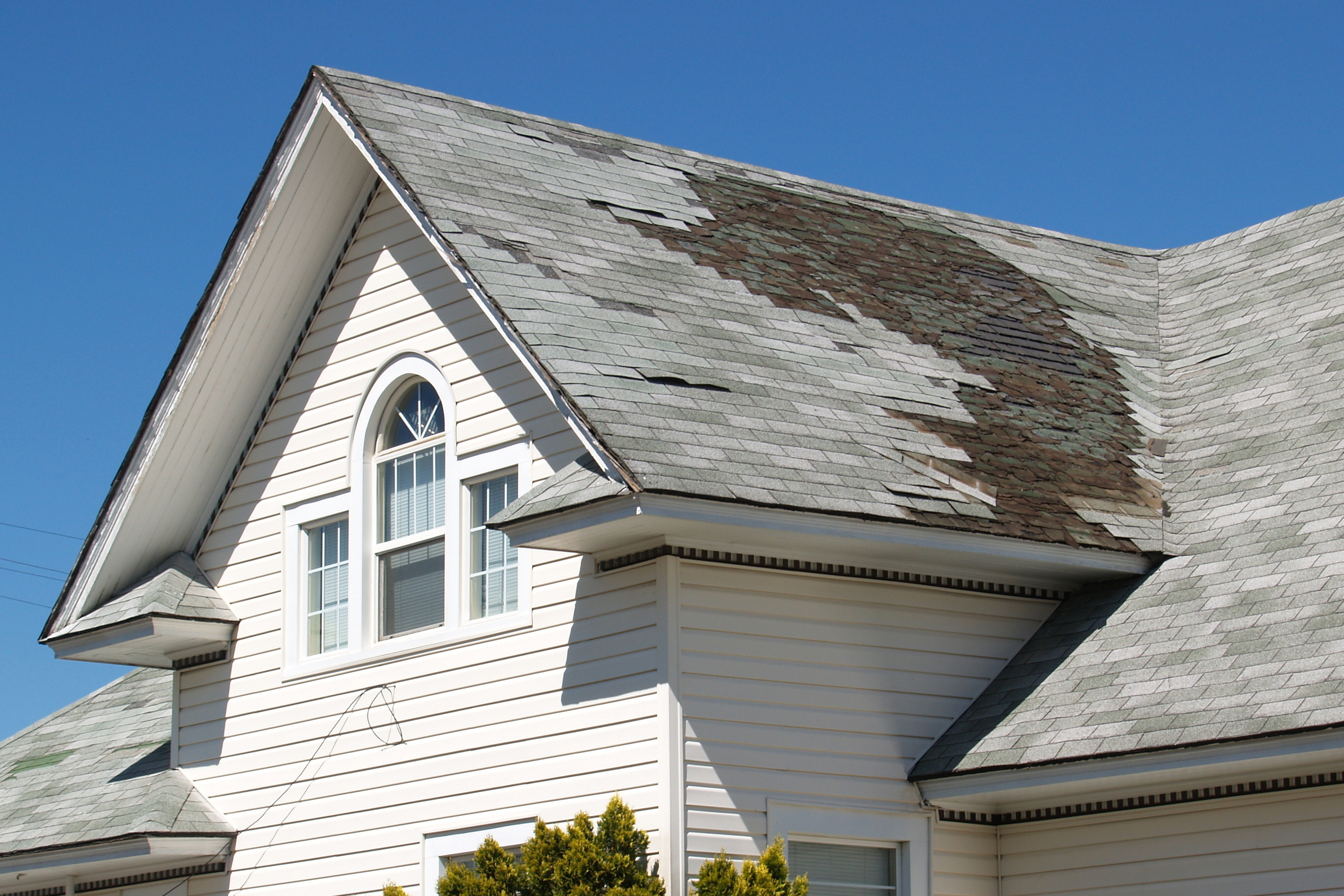Understanding the Different Sorts Of Roof Coverings: A Comprehensive Overview for Homeowners
With a selection of choices-- varying from the standard gable to the contemporary flat-- each kind provides special advantages and obstacles that ought to straighten with the property owner's ecological factors to consider and certain demands. As we explore the intricacies of various roof covering types, it ends up being obvious that one size does not fit all; the appropriate selection might surprise you.
Gable Roof Coverings
Gable roof coverings, identified by their triangular shape, are among one of the most prominent roof designs as a result of their simpleness and performance in losing water and snow. This design includes two sloping sides that satisfy at a ridge, permitting effective drain and decreasing the danger of water accumulation. The high pitch frequently connected with saddleback roofs enhances their capability to handle hefty rainfall, making them ideal for numerous environments.
Along with their practical advantages, gable roofings use visual flexibility. They can be adjusted to numerous building designs, from traditional to modern homes. The layout can additionally suit extra features such as dormer windows, which enhance all-natural light and air flow in the attic room space.
Furthermore, gable roofing systems supply sufficient room for insulation, adding to power effectiveness. House owners can select from a range of roof covering products, including asphalt shingles, steel, and ceramic tiles, even more boosting customization choices.
Despite their benefits, saddleback roofs may call for added assistance in locations prone to high winds or heavy snowfall. In general, the gable roofing remains a preferred choice as a result of its blend of performance, longevity, and visual allure.
Apartment Roofs
Flat roofing systems are often acknowledged for their minimalist layout and practical applications, particularly in industrial and industrial setups (oahu roofing). These roofs include a nearly horizontal or horizontal surface, which allows for very easy construction and flexible room use. While they may lack the visual charm of angled roofs, flat roofings provide various advantages, specifically in metropolitan atmospheres where making the most of space is vital
Among the main advantages of level roofing systems is their availability. House owners can utilize the roof room for different objectives, such as roof yards, balconies, or solar panel setups. Furthermore, flat roofing systems are commonly a lot more cost-efficient to install and keep compared to their sloped equivalents, as they need less products and labor.
Usual materials used for level roofings include built-up roof (BUR), customized asphalt, and single-ply membrane layers, each offering unique advantages. Generally, level roofs offer as a adaptable and practical choice for many homeowners and services alike.
Hip Roofing Systems
Hip roofs are defined by their sloped sides that converge at the top, developing a ridge. This design is unique from saddleback roofs, as all 4 sides of a hip roof covering slope downwards towards the wall surfaces, offering an extra secure structure. The angle of the slopes can vary, permitting for flexibility in architectural appearances and functionality.
One of the roofing companies oahu key benefits of hip roofings is their ability to endure hefty winds and adverse weather. The sloped surface areas enable much better water drain, reducing the threat of leaks and water damage. Additionally, hip roof coverings provide increased attic area, which can be used for storage or perhaps exchanged habitable locations.
Nevertheless, creating a hip roofing can be much more expensive and intricate than less complex roof kinds, such as saddleback roofs. The extra product and labor included in producing the inclines and ensuring appropriate structural integrity can lead to higher expenses. Despite these drawbacks, lots of home owners prefer hip roofings for their resilience, aesthetic charm, and potential for power effectiveness.
Mansard Roofs
Mansard roofs, frequently recognized by their one-of-a-kind four-sided layout, attribute 2 slopes on each side, with the lower slope being steeper than the top. This architectural design, stemming from France in the 17th century, is not only cosmetically attractive however functional, as it optimizes the functional room in the upper floorings of a structure. The high lower incline enables even more clearance, making it an ideal selection for loft spaces or attics, which can be exchanged living areas.
Mansard roofings are identified by their adaptability, accommodating numerous architectural styles, from standard to contemporary. They can be created with various products, consisting of asphalt tiles, slate, or steel, offering homeowners with an array of alternatives to match their preferences and spending plans. In addition, the style enables the integration of dormer windows, enhancing all-natural light and air flow in the top degrees.
Nonetheless, it is important to consider the prospective downsides. Mansard roofing systems may require more upkeep due to the complexity of their style, and their steep slopes can be testing for snow and rain drainage. In general, mansard roofings incorporate sophistication with usefulness, making them a prominent option among house owners looking for distinctive architectural attributes.
Lost Roofs
As homeowners increasingly seek simplicity and functionality in their architectural layouts, shed roofs have actually become a preferred option. Defined by a single sloping plane, a shed roofing system provides a minimal visual that matches numerous home styles, from contemporary to rustic.
Among the key advantages of a shed roof covering is its simple construction, which often translates to reduce labor and product costs. This layout enables reliable water drainage, decreasing the danger of leakages and water damage. In addition, the vertical slope gives ample space for skylights, boosting all-natural light within the inside.
Shed roofings likewise supply versatility in terms of use. They can be efficiently incorporated right into enhancements, garages, or outside structures like pavilions and sheds. Moreover, this roofing design can suit various roof products, consisting of steel, asphalt shingles, and even green roofs, aligning with green efforts.
However, it is vital to consider regional environment conditions, as hefty snow tons may require modifications to the roof covering's angle or structure. Overall, dropped roofings provide a functional and aesthetically pleasing option for property owners seeking to make best Recommended Site use of performance without compromising style.
Conclusion


Gable roof coverings, characterized by their triangular shape, are among the most preferred roof covering designs due to their simpleness and performance in shedding water and snow. oahu roofing. The steep pitch typically connected with gable roof coverings boosts their capacity to handle hefty rainfall, making them suitable for different environments
While they might lack the aesthetic allure of pitched roofings, flat roof coverings use many advantages, specifically in city atmospheres where taking full advantage of area is important.
